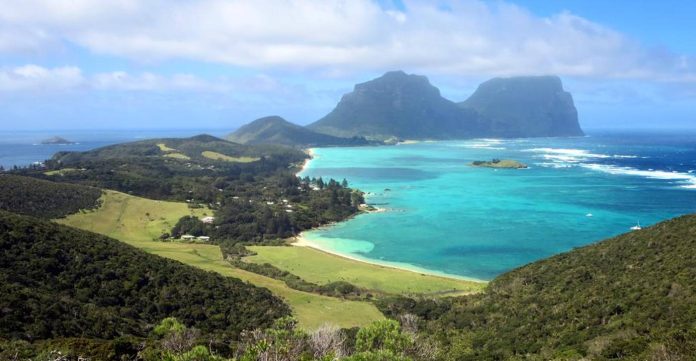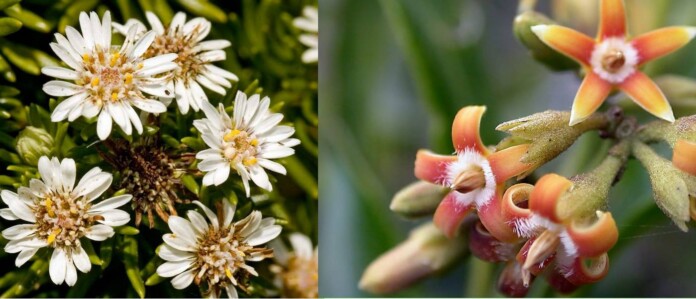In 2022, GNN reported on the successful eradication of rats from Lord Howe Island, Australia, and now, an expedition to the island’s high forests has revealed the full extent of a remarkable ecological recovery. Stunning imagery and reports highlight a one-of-a-kind ecosystem, where 85% of plants are found nowhere else on Earth, bringing the island’s biodiversity back to life in a way that is both awe-inspiring and rare.
“Ascending into this rare island cloud forest is like stepping into a fairytale—a hushed and secret world, carpeted in a tapestry of rich greens, rare palms, and twisted trees veiled in lichens,” wrote ABC News Australia in a special report. This UNESCO Natural Heritage Site, located in the East Tasman Sea, had suffered under the weight of invasive species for over a century. Mice were likely present on the island as early as the mid-1800s, followed by the arrival of rats in 1918. These rodents disrupted the native ecosystems, causing a significant loss of biodiversity.

However, after a rigorous three-year eradication effort, the island’s ecosystem has undergone a stunning transformation. The removal of these predators has paved the way for the return of fruiting trees, land invertebrates, and even one of Australia’s rarest birds, the flightless woodhen. The bird’s population has doubled in the past three years, reaching an impressive 565 individuals.
“What is unfolding is an ecological renaissance,” Hank Bower from the Lord Howe Island board said in 2022. “Since the rodents have gone, the catchphrase is: ‘I’ve never seen that before.’”
The island’s unique cloud forest is a key to this resurgence. The remnants of an extinct shield volcano, the island’s two towering peaks often shrouded in clouds, create a moist and shaded environment that supports a rich diversity of mosses, lichens, ferns, palms, and rare flowers. Ian Hutton, the island’s biologist and naturalist, described the island as one of the few places in the world where mountains rise so high they generate their own clouds, creating a truly unique habitat.
As the island’s renaissance accelerates, the woodhen population has now soared to 2,000, while the success rate of the Providence petrel, a cliffside nesting seabird, has jumped from 2% to 50%. Additionally, 30 threatened plant species found nowhere else are redistributing across the mountain slopes, and the critically endangered little mountain palm, once confined to just 4 kilometers of range, is thriving once again.
The island’s invertebrate populations have also flourished without the rats, with researchers discovering a weevil thought to have gone extinct in 1916 and 10 new species of land snails. This resurgence of life is a testament to the power of conservation efforts.
To protect the island’s fragile environment, the government has placed strict limits on human activity. The number of visitors is capped at 400 at any given time, and only 25 houses have been approved for construction in the past decade. Each visitor, ship, flight, or animal is thoroughly scrutinized before being allowed ashore. Local residents have embraced this conservation ethic, regularly participating in de-weeding tours to help clear invasive plants from the island.
Photographers capturing the island’s recovery have documented the incredible resurgence of life, showing the locals’ pride in their unspoiled wilderness. This story of ecological recovery on Lord Howe Island highlights the profound impact that targeted conservation efforts can have on restoring delicate ecosystems and the species that rely on them.
